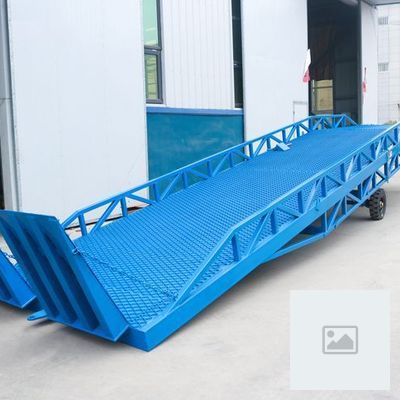The Power of Innovation
In 1992, electronics salesman Kenneth Nnebue’s “Living in Bondage” turned into something other than a disaster in Nigeria. Kenneth Nnebue had received a shipment of blank VHS tapes to sell in his store, but realized that Nigerians couldn’t use them. He made a movie for it. There was no cinema in Nigeria at that time. Made on a $12,000 budget, the film sold hundreds of copies all over Africa, spawning the then nascent Nigerian film industry “Nollywood”.
Nollywood today produces around 1,500 films a year, employs more than a million Nigerians, and is thought to be a market worth $3.3 billion. How can the rise of a multi-billion dollar industry in one of the poorest countries in the world be triggered? Was Nollywood just a lucky anomaly?
This is because, in our view, the power of innovation, and specifically what we call market-creating innovation. Innovation not only drives new growth for companies, it also catalyzes industries that benefit local economies and promote inclusive, sustainable development.
The Power of Market Creativity
Contrary to the traditional belief that a society needs to “fix” itself (its infrastructure, courts, legislatures, financial markets, etc.), we believe that innovation is a society’s development process before innovation and growth can take root. Innovation funds our infrastructure, improves our institutions, and curbs corruption. When a country’s prosperity stagnates despite many activities within its borders, that country may not have a development problem, it may have an innovation problem.
First, market-forming innovations provide a strong economic base.
Second, market-creating innovations use business models and value chains that focus on profitability before growth. They often do this by borrowing existing technology and adding it to a different business model.
Third, market-forming innovations are designed for or for a local market. This means that entrepreneurs have to do the hard work of understanding the ins and outs of that market and making a product simple and affordable enough.
The rise in wages brings us to the fourth feature: Market-creating innovations generate local jobs that fuel the local economy. These businesses arise specifically to serve the local market; They cannot be easily outsourced to other countries. For example, it may include positions in design, advertising, marketing, sales and distribution.
Finally, market-creating innovations can be upgraded. In fact, scaling a product is a fundamental part of the process, as they make it simple and cost-effective, within the reach of many. Thus, the potential impact of market-creating innovations is enormous for companies and countries.
To Catch You Must First
In 1992, China’s per capita income was $366 – $49 less than Ghana. Entrepreneur Liang Zhaoxian focused on creating a market for microwaves in China. In 1992, only 200,000 microwaves were sold in China, mostly in cities. The average price was around 3,000 yuan or $500, beyond the reach of most citizens. The Chinese typically viewed the microwave as a luxury they did not need.
Liang saw something different: he also saw that the last person living in a small, stuffy apartment wanted to cook is food. So the business model he developed was based on creating a market in China. While Galanz benefits from many of the country’s labor costs, it would be wrong to say that, like many other manufacturers, it’s just a low-cost microwave manufacturer. From the beginning, he had a typical Chinese customer in mind.
With Galanz we can also see the impact of market-creating innovations on development. For example, in 1993 the company had only 20 employees; By 2003 there were more than 10,000 and today it employs more than 50,000. And the indirect employment effects are undoubtedly much greater. Yu Xiaochang, the firm’s vice president, argues that Galanz indirectly employs one million people in areas such as components and spare parts, repair and maintenance. In 1993, the company produced around 400 units per day on a single line; By 2003 it operated 24 lines and produced about 50,000 units per day. Ten years later, it was producing about 100,000 units a day.
Galanz clearly illustrates what it takes to be successful in an economy that many have written about. First, as discussed, Liang saw the potential for a burgeoning microwave market in China, although experts considered it very unlikely. Second, their activities were not just about making a cheap microwave oven; The company has developed a business model for new forms of advertising, educating Chinese customers, and developing retail and distribution capabilities. Third, Galanz did not initially invent technology or invest in R&D; borrowed from other manufacturers. In time
This article is compiled from Cracking Frontier Markets article by Clayton M. Christensen, Efosa Ojomo, Karen Dillon.




